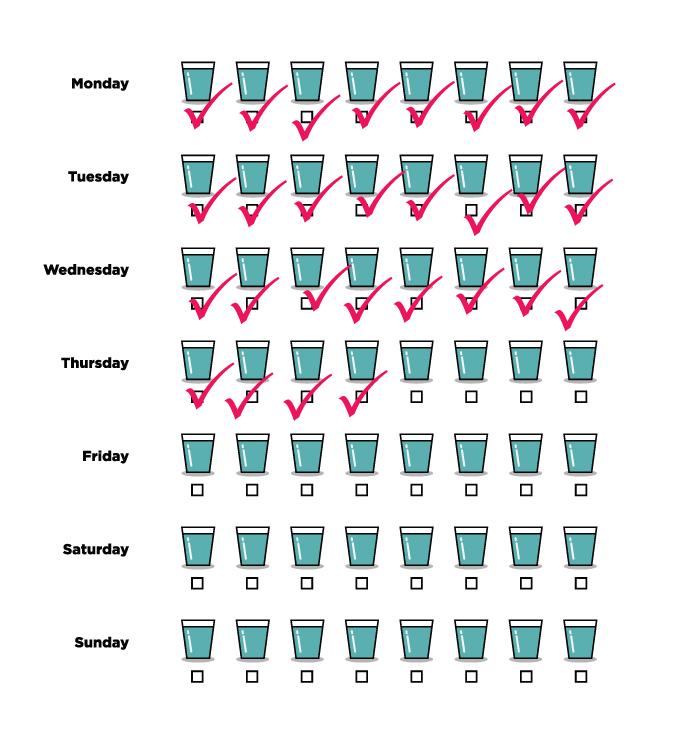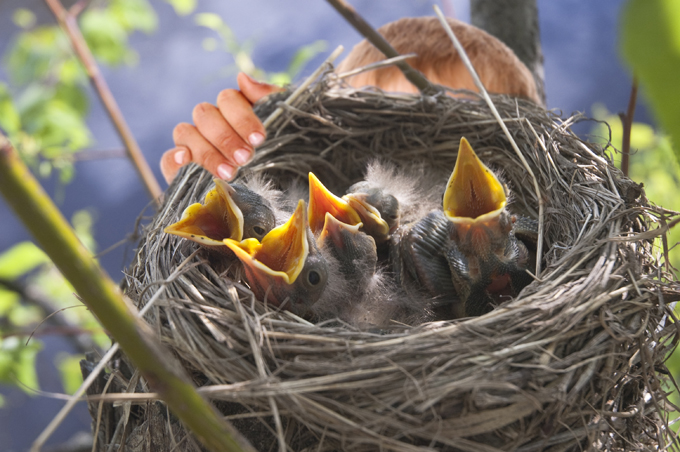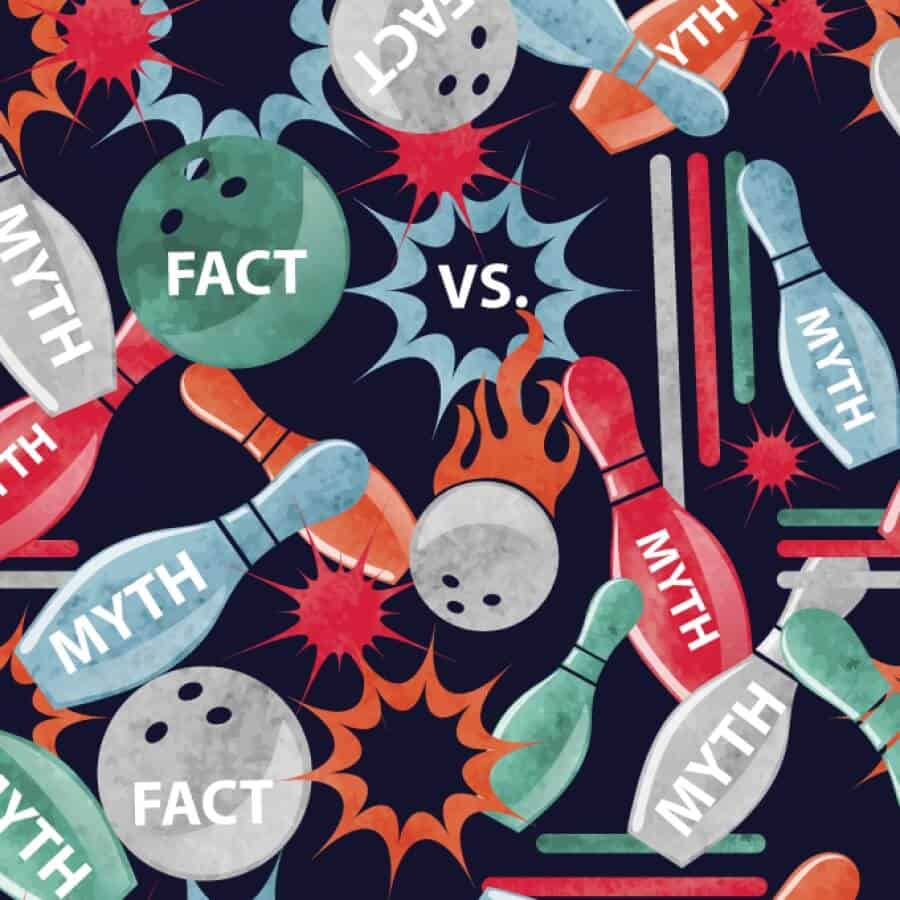There are many sayings and recommendations that are more myth than truth. Despite that, we tend to follow them as if they were unconditionally correct. Are any of your personal “truths“ among them? Here’s where you can find out.
MYTH: Humans have five senses.
Apart from the well-known five – sight, smell, taste, hearing, and touch – there are others like perception of pressure, heat, and pain. The list can rise to 21 and perhaps might increase further with additional research.
MYTH: Food that is dropped on the floor and picked up within 5 seconds is safe to consume.
There is actually not much correlation between how long food is on the floor and how safe it is. It can take a millisecond for bacteria to enter. There is, though, some difference between moist food, which tends to collect bacteria quickly, and dry food, which takes longer. More than any of these considerations, it is the individual’s personal perspective and imagination that dictate eating dropped food or throwing it out.
MYTH: Eight glasses of water a day.
Not only is it not a proven fact that a lesser amount of water may harm body organs, but counting glasses is a good way to ruin your day. Hydration is important, but it should be done with common sense and sensitivity towards one’s own body rythm.
MYTH: Vegetable and fruit juices are detoxifying.
Detoxification of the organism happens through organs, such as the liver and the kidneys. Natural juices are more of a marketing move than anything else. Apart from popularising some of the less valued pieces of fruits and vegetables, they don’t provide extra benefits. As a matter of fact, except for some fruits, juices commonly lose the source of fiber hidden in many vegetables and fruits.
MYTH: If you touch bird babies, their mothers/or parents will reject them.
Birds, except vultures, for example, have a not very well developed sense of smell, so they may not even notice that a human touch has occurred. This belief could have been made up to convince people not to disturb birds during the nesting and learning period.
Photos: Shutterstock / collages & design: Martina Advaney
Support us!
All your donations will be used to pay the magazine’s journalists and to support the ongoing costs of maintaining the site.
Share this post
Interested in co-operating with us?
We are open to co-operation from writers and businesses alike. You can reach us on our email at [email protected]/[email protected] and we will get back to you as quick as we can.









